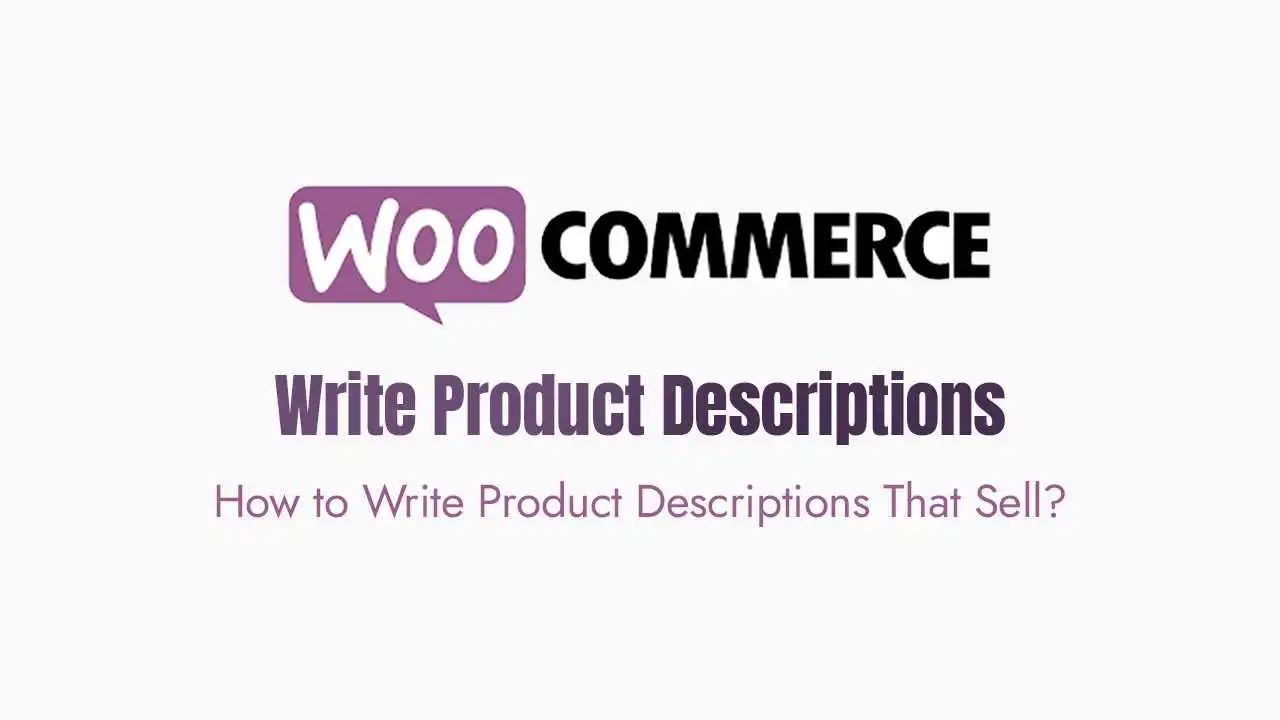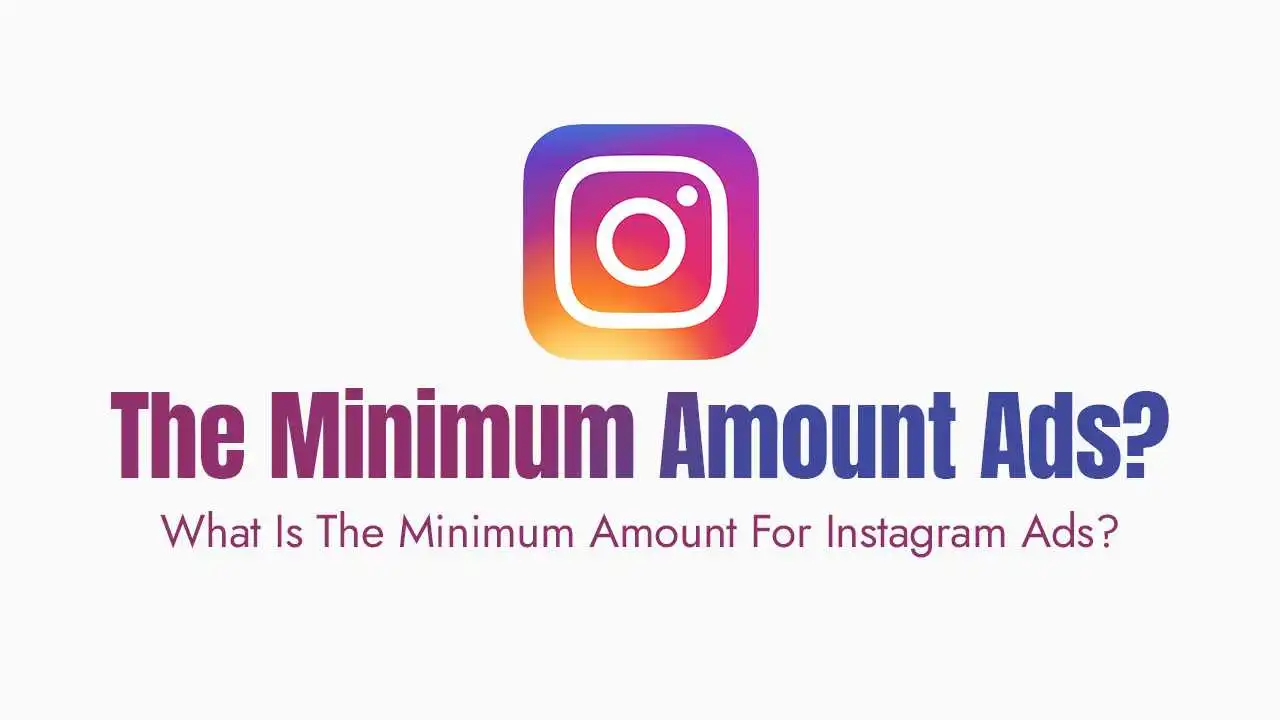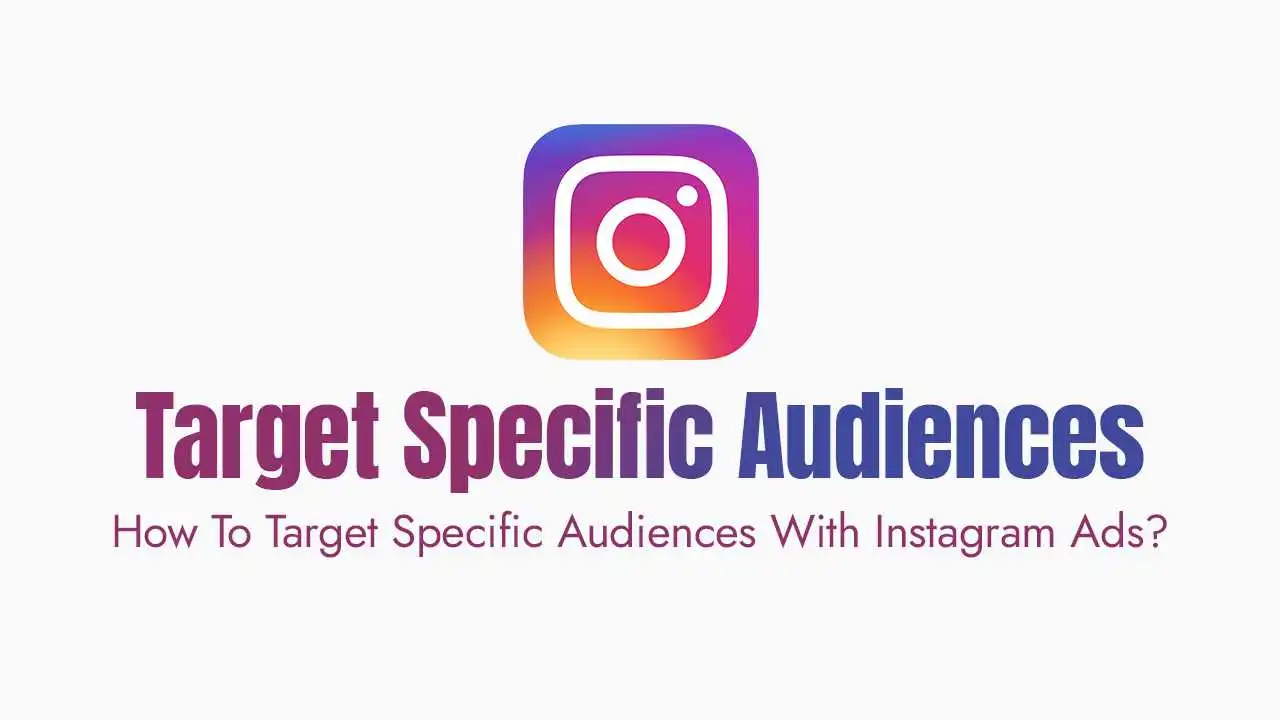Why Do Great Product Descriptions Matter?
They Reduce Returns: A detailed and honest description helps customers know exactly what they’re getting, reducing the chance they’ll be disappointed and want to return the item.
They Build Trust: A well-written, informative description shows professionalism and expertise, building trust with a potential buyer.
They Improve Your SEO: Product descriptions are prime real estate for keywords. By using relevant terms naturally, you can help your product pages rank higher in search results.
They Are Your Final Sales Pitch: A customer who is on your product page is already interested. Your description is the last chance to convince them to make a purchase.
The Anatomy of a Perfect Product Description:
1. The Irresistible Headline or Opening Line
Don’t: “This is a leather jacket.”
Do: “Elevate your style with the last leather jacket you’ll ever need to buy.”
2. Focus on Benefits, Not Just Features
Feature: “This jacket is made of 100% full-grain leather.”
Benefit: “Crafted from 100% full-grain leather, this jacket will only get better with age, developing a unique, rugged patina that tells your story.”
3. The Power of Storytelling:
Tell the story of the product: Where does it come from? Who made it? What inspired its design?
Tell the story of the customer: Describe the customer’s life with your product. What will they do, feel, and experience? For the leather jacket, you can paint a picture of them wearing it on a weekend trip or to a coffee shop.
4. Use Bullet Points and Scannable Text:
Break up long paragraphs into shorter, more digestible blocks of text.
Use bold text to highlight key features or benefits.
Use bullet points for a quick summary of features, materials, and care instructions. This makes the information easy to find and digest.
5. The Clear Call-to-Action (CTA):
- Example: “Ready to make a statement? Click ‘Add to Cart’ to get your new favorite leather jacket today.”
How to Write Descriptions for Different Types of Products?
For Technical Products (e.g., electronics, tools):
Prioritize features and specifications. Customers want to know the specs, dimensions, and compatibility.
Use bullet points extensively to make the information scannable.
Translate features into benefits. “5000 mAh battery” (feature) becomes “Powers your devices all day long without needing a recharge” (benefit).
For Lifestyle & Fashion Products (e.g., clothing, accessories)
Focus on storytelling and emotional benefits. Describe how the product will make the customer feel.
Use evocative language. Instead of “the shirt is blue,” use “a deep indigo hue inspired by a summer sky.”
Provide sizing and fit details. This is crucial for reducing returns.
Using Keywords Without "Keyword Stuffing"
Focus on natural language: Write for humans first, and search engines second.
Use your main keyword in the title and the first paragraph.
Sprinkle in secondary keywords throughout the description and in bullet points.
Use variations of your keywords. Instead of just “leather bag,” also use “leather tote,” “leather purse,” etc.





